How to Nail It in Your Next Trade Show, Keep your Marketing Fresh
Trade shows are all about expanding your brand awareness and making connections, but if you aren’t prepared, trade shows are much harder than you’d expect. You may get lucky and catch some unexpected traffic, but without a full marketing plan you will leave your trade show event feeling rather despondent. Below we have articulated the steps for a successful marketing plan, which will make you nail it in your next trade show!
Situational Analysis
The first step to creating a successful marketing plan is to fully understand your niche market. The best way to accomplish this is a situational analysis. This entails an overall evaluation of your company and your competitors. For the internal evaluation, you want to focus on your company’s strengths and weaknesses. Strengths could include likeability, loyal customers, sales, or specific products that give you a competitive advantage in your industry. Weaknesses may include bad organization skills, unfavorable turnover rates, customer complaints, or personal office issues. When evaluating your company’s external environment, you want to consider the opportunities available to you, and any possible threats. Opportunities can include meeting new clients, attending trade show events, or just the chance to become more organized. Threats in the external environment include any strong competitors in your industry. Once you finish this analysis for your company, try to do this for your competitors as well and you may pick up a few successful tips in the process.
Goals
Once you have established where your company is positioned in your market, you want to set some goals. When setting goals, use the acronym SMART to help you establish the best goals and how to obtain them. S is for specific. You want your goals to be simple, sensible, and significant. M is for measurable. This is the most important letter in the acronym. Your goals must be measurable in some form so you can actually gauge if you meet your goal. A is for achievable. Don’t set your goals to the moon, you want to be able to feel accomplished and meet your goals. R is for relevant. You want your goals to be relevant to your long term business plans. T is for time bound. This goes along with your goals being measurable. You have to set a time-line for your goals or they will never be accomplished. Some questions to keep in mind when creating your goals are: Do we want to drive sales? How many new contacts do we want to gain at the next trade show? How many new vendors do we want to make connections with? Do we want to increase our sales by a certain percentage? What is our monthly sales goal? How many trade shows do we want to attend this year?
Pre-Show Marketing
Pre-show marketing is an area that gets neglected in the marketing scheme, but it can be extremely beneficial when done correctly! Start planning your booth and your ideas at least 2-3 months in advance. Once you have a theme, booth designs, and your spot at the trade show, start preparing an e-blast list and a direct mailing list. E-blasts are a great tool to reach a lot of attendees at once, but sending a physical letter or card will be more personal and more memorable. Try to send the direct mailing list 10 days before the show. This gives them time to plan to be there, but it isn’t too early in advance they will forget about it. Include the name of the event and details on how to get there. Include your booth number with an eye catching headline. You don’t want to overwhelm them with too much text, so try to keep it appealing but simple. To encourage them to your booth, include a free offer for attendees that bring their mailed card with them.
Booth Design
The time and effort that goes into planning your booth design is just as important as the budget you set out to spend. Think of your booth in terms of a cost benefit analysis. If you spend the extra money to design the booth properly and make it appealing to attendees, you’ll get more traffic at your booth. At the same time, don’t break the bank on your booth; there are always other ways to attract attention. You can have your team doing demonstrations at your booth of popular products, or you can even hire a performer to really draw people in. When designing your booth, you don’t want to use too many colors or it will look too busy and overwhelm people. Try to stick to three colors or less. Use legible fonts that can be easily seen across the room. You don’t want attendees struggling to read your logo or message. The back wall of your booth should be your focal point; it’s the prime real estate of your booth. Although you want your booth to be cohesive and portray your company’s message, you should leave 40% of your booth as empty space. You don’t want your booth to appear cluttered. If you choose not to spend more money on your booth exhibit, invest your money into hiring a good team. A properly trained team should be able to market your message and connect with potential buyers even without an extravagant trade show display.
To overview, you want to plan ahead of time. The key to a successful trade show is all about the planning. Evaluate your market presence, set measurable goals, and make the trade show experience for the attendees memorable!
If you have any questions For your Next Trade Show, or Want to check all the possibilities. Contact Us Here and Check All our Trade Show Products




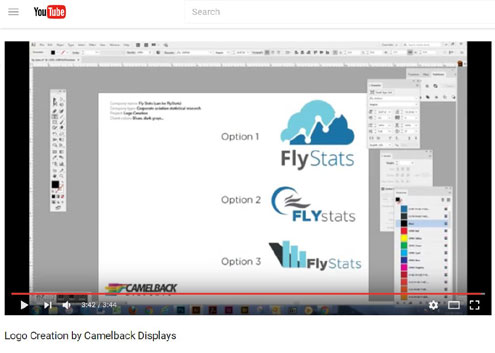
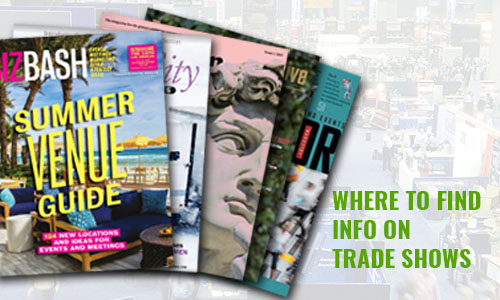

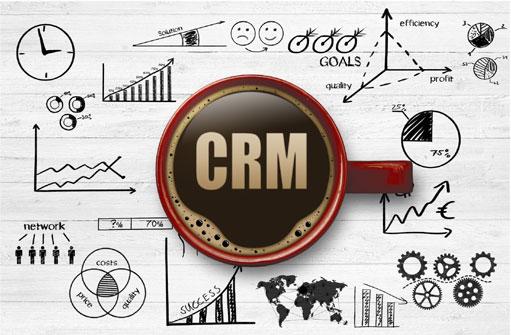
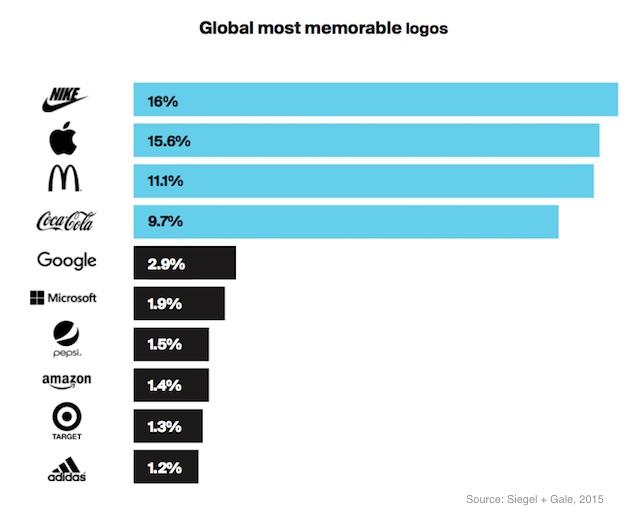
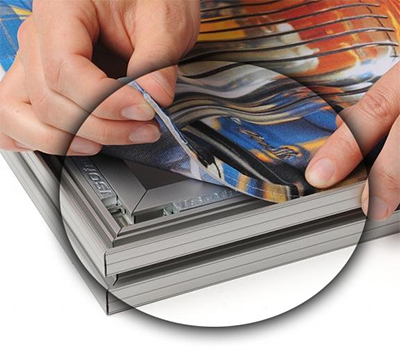


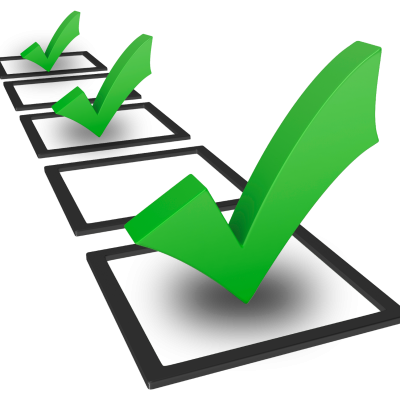
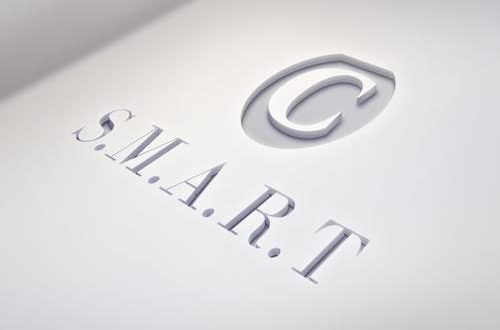
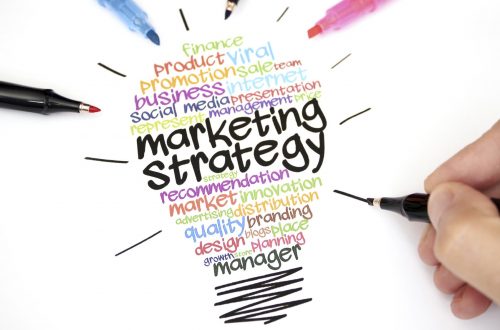

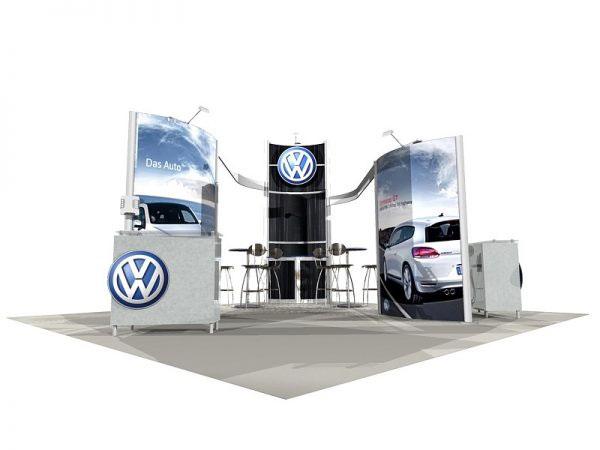
No Comment